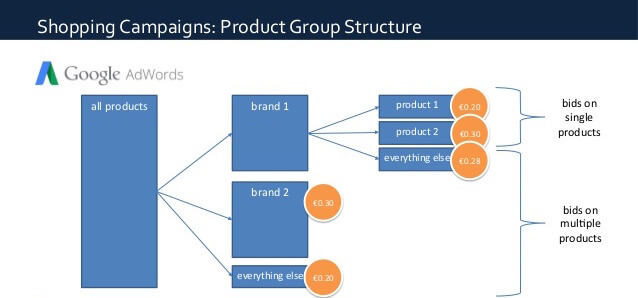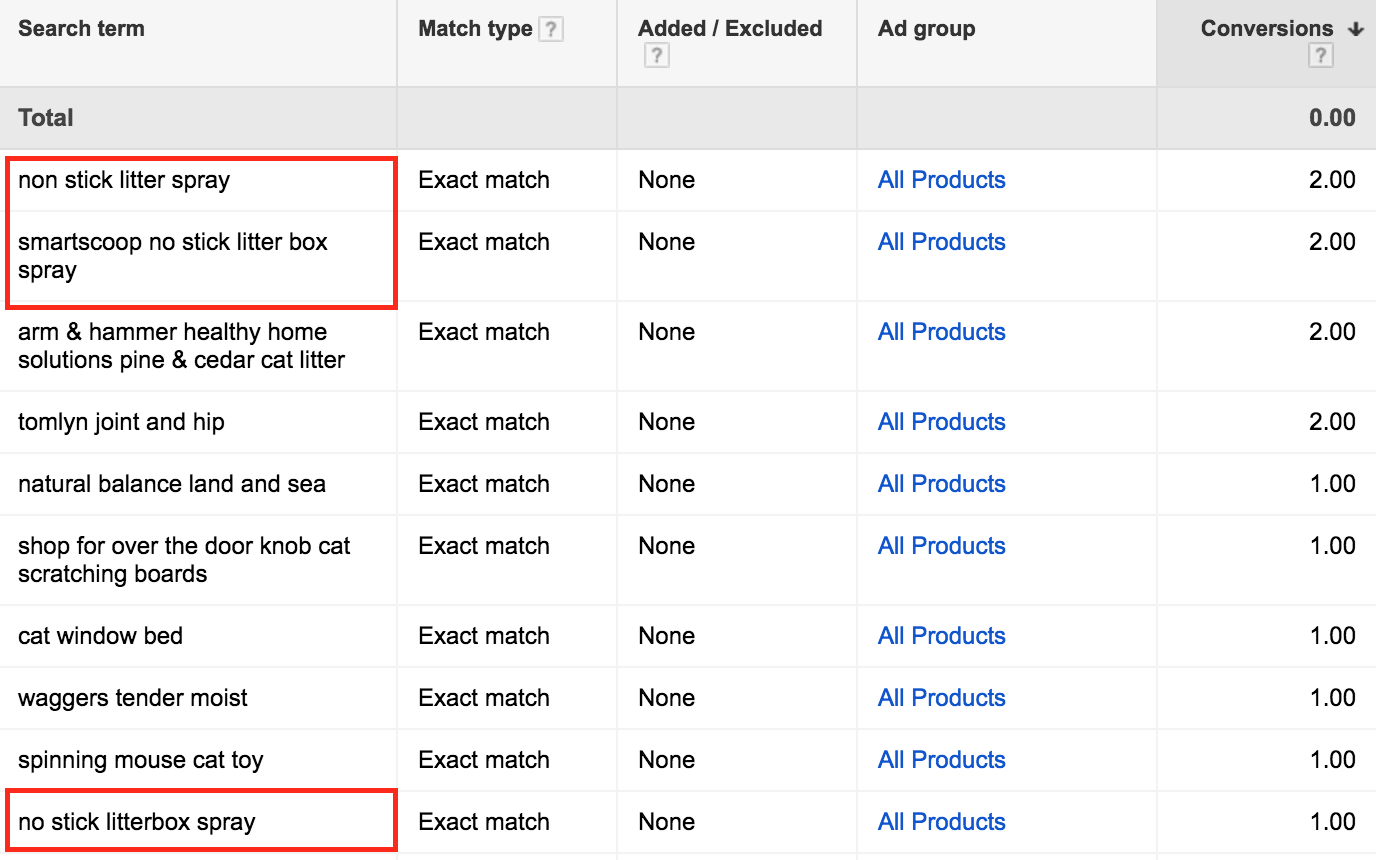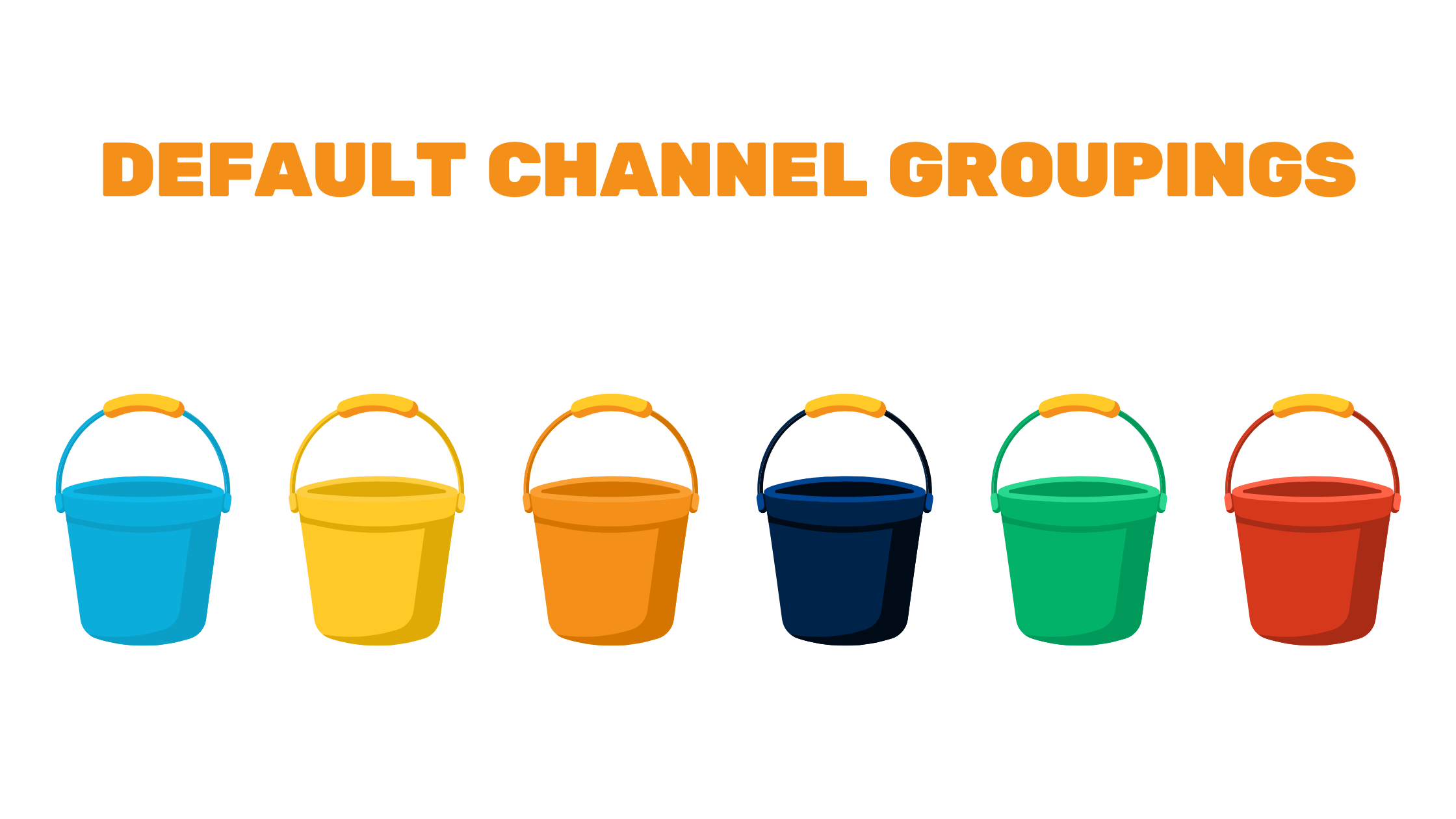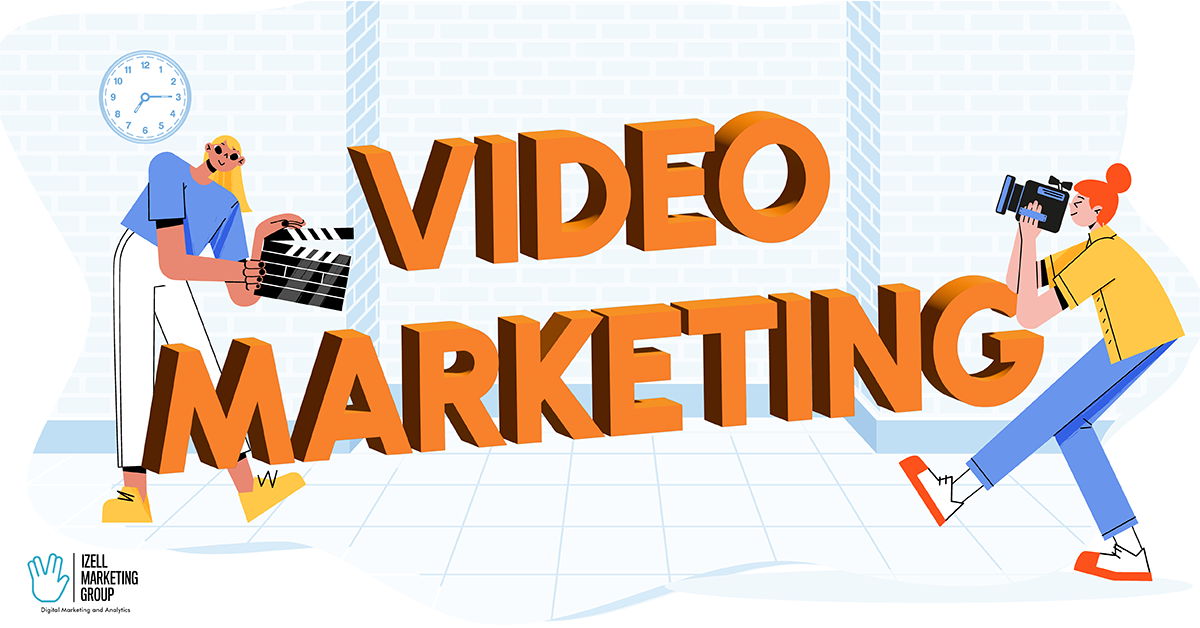Google Shopping is the best campaign tactic to achieve profit as an e-commerce business on Google Ads, and yet it’s the most difficult to manage and optimize. This is especially true in commoditized markets.
Arguably, the biggest hurdle to succeeding on Google Shopping is when all of your products are completely commoditized, meaning other retailers are selling the exact same product as you. Sometimes you won’t be able to compete on price when this happens, and your product images will likely look the same as competitors’. What do you do when you’re trying to sell the exact same thing as several other online retailers, and all you have is a small block of pixels on Google’s search results page to convince a potential customer?
If you ask Google or a generic agency how to run a Google Shopping campaign, they’ll present you with something that looks similar to this:

In Izell Marketing world, we like to focus on profit, so let’s go all the way down to the product level and figure out our best strategy from there.
Optimize for the Search Queries You Can Win, by Product
Although you can’t bid on specific queries for your product, you can at least optimize your products to show up for the queries you can win.
A first step to this process is to look at your historical search query data in your entire Google Ads account to see which keywords and searches have driven most of your sales. If this data is limited or you’re first launching your account, try looking for terms in Google’s Keyword Planner to isolate some terms that you have products to match. You can find even more longtail opportunities by using our advanced keyword research techniques.
These are your money terms. Even if you only have one term that you are confident that you can convert, this is still a method you can use.
Example:
I managed advertising for my dropshipping site that sold cat products. Every single item we sold was commoditized, but I was still determined to run Google Shopping ads and figure out a way to compete.
After about one month of running our Shopping ads, I noticed one product seemed to stand out as a top performer. I couldn’t figure out what was so special about that product until I looked at the terms that my customers were searching:

Despite having the same exact image as Petco and a higher price, we were still able to achieve a high CTR on this product as well as a high conversion rate. The only variable I saw working to our advantage was the title. Our title almost exactly matched what our customers were looking for. Bingo.
We were diligent about optimizing our product titles for product clarity when it seemed necessary, and it clearly worked.
Some additional factors that could go into why we could sell this product so well:
- You can’t find non-stick litter box sprays at most PetSmart, Petco, and other pet shop brick and mortar locations (I’ve searched several — nada).
- We were ONLY in the cat niche — no other animals. This could have given us credibility for being truly knowledgable about cats compared to a more all-encompassing pet store.
Performance Max with Shopping
Performance Max takes advantage of targeting your product feed based on audience signals rather than merely contextualizing your product data to Google searches.
This actually gives you more control over how to get your product feed out to a wider audience that has a higher probability to convert!
The key to success with Shopping on Performance Max is allowing the machine learning process to learn how best to serve your assets to the audience signals you’ve defined. Over time, Google will discover and notify you of new audience segments that tend to convert as well. This is because you can set the campaign bidding strategy to maximize conversion value, not just conversions.
This does mean you’ll need to expect to allocate more budget to Performance Max so that you can get significant enough data for Google to learn. You’ll need to be patient and not pause the campaign within the first few weeks when you don’t see the exact results you need.
With a Limited Budget, Start Small and Build Up the Winners
When starting a Google Shopping campaign as a small business, err on bidding low and limiting to your best selling products. Let the clear winners bubble up to the top.
If no winners emerge, do some keyword research to find out what terms your customers use to describe what you sell. As a test, use those terms in your product titles when possible and see what happens. When you do, come back here and let me know the results – good or bad. Hopefully good!




